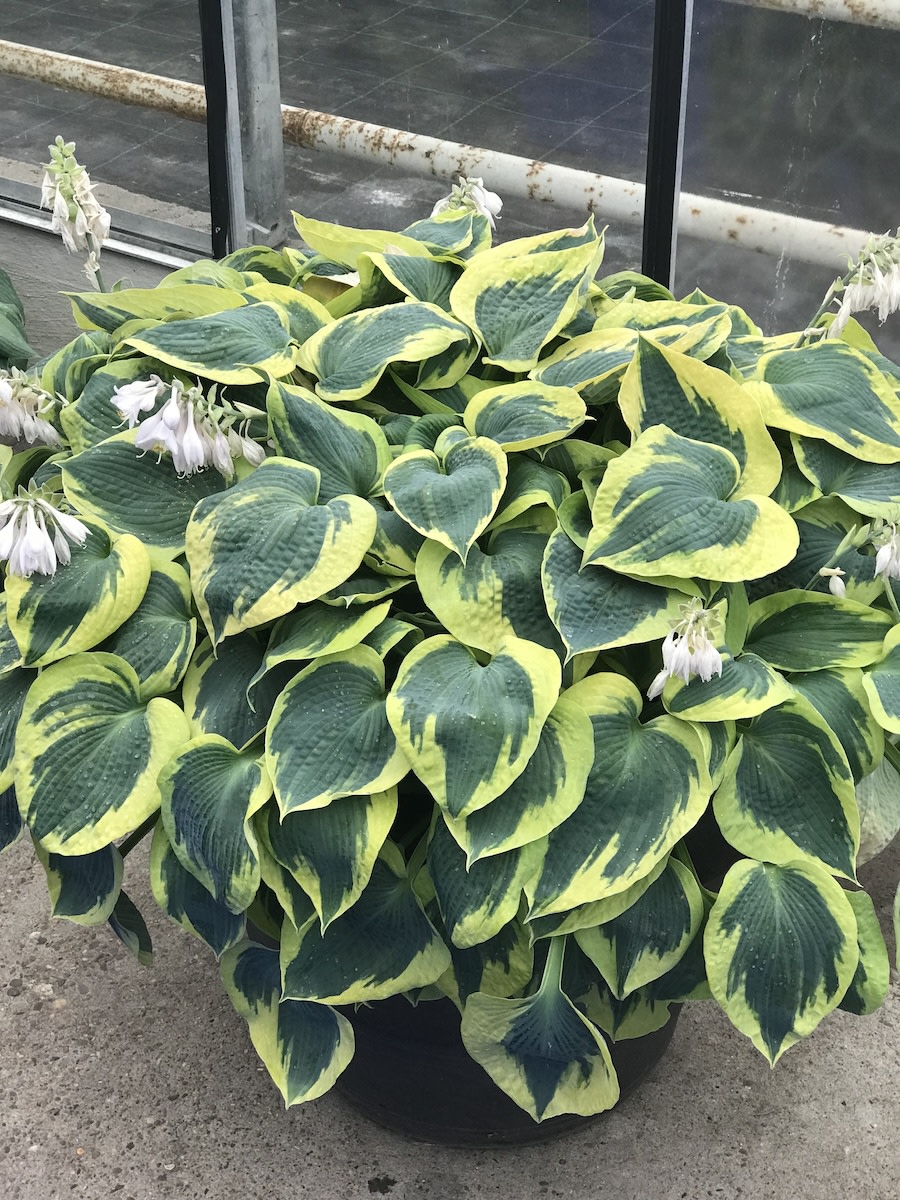Items from our perennial plants warehouse ordered on or before March 7 will ship around March 31 through late April, starting with warmer areas and finishing in colder areas. Orders placed after March 7 will ship around late April through early-to-mid May, in the order in which they were received.
‘Little Patty’s Plum’ Oriental Poppy
7710 ‘Little Patty’s Plum’
Additional Information
Poppy
~1,400 to 4,500 seeds/g.
Annual. Sensuous luxurious flowers, about 2½–3' tall. We offer two heirloom breadseed varieties especially suitable for baking. Poppies make wondrous cutflowers: choose buds that have straightened up but not quite opened. Immediately sear the cut stem with a flame and put in water. Poppies open after several hours—an austere bouquet in the evening can become a riot of colors the next morning.
Culture: Need light to germinate. Sow outside in spring after frost or sow in fall for early blooms the following summer. Thin to 9–12". Like full sun. Will self sow.
Herbaceous Perennial Plants
When you receive your order, open the bags and check the stock immediately. Roots and crowns should be firm and pliable. Surface mold is harmless and will not affect the plant’s future performance. Store plants in their packaging in a cool (35–40°) location until you are ready to plant. If it’s going to be awhile, you can pot up your perennials.
Do not plant bare-root perennial plant crowns directly outdoors before danger of frost has passed. Wet and/or cold conditions for an extended period may cause rotting.
For more info:
About planting bare-root perennials
Oriental Poppy
Breathtaking clump-forming perennial features finely cut bristly frosty-green leaves and shimmering crepe-paper blossoms that give way to unique signature seedpods that are an essential component in late-season bouquets and dried arrangements. The entire plant goes summer-dormant—don’t be alarmed when the leaves turn brown in early summer and disappear almost entirely by August. Basal mats of new leaves will appear in the fall.
Oriental poppies form a taproot, so loosen soil deeply before planting so roots can reach the cool soil with ease. Requires full to part sun and neutral well-drained soil. Overwatering, particularly during dormancy, is the most common cause of failure. Winter mulch is recommended to prevent heaving.
Flowers
All flowers are open-pollinated except where noted.
Days in parentheses after a variety indicate days to first bloom.


